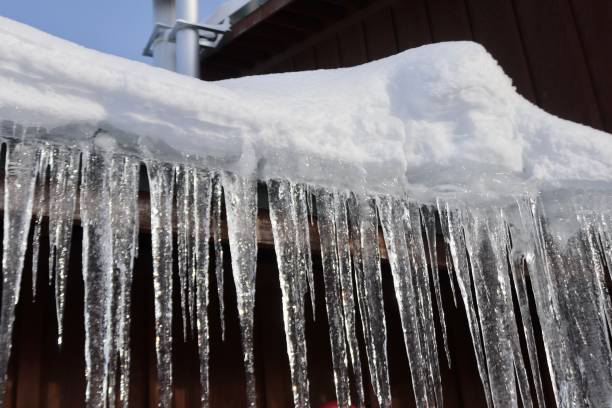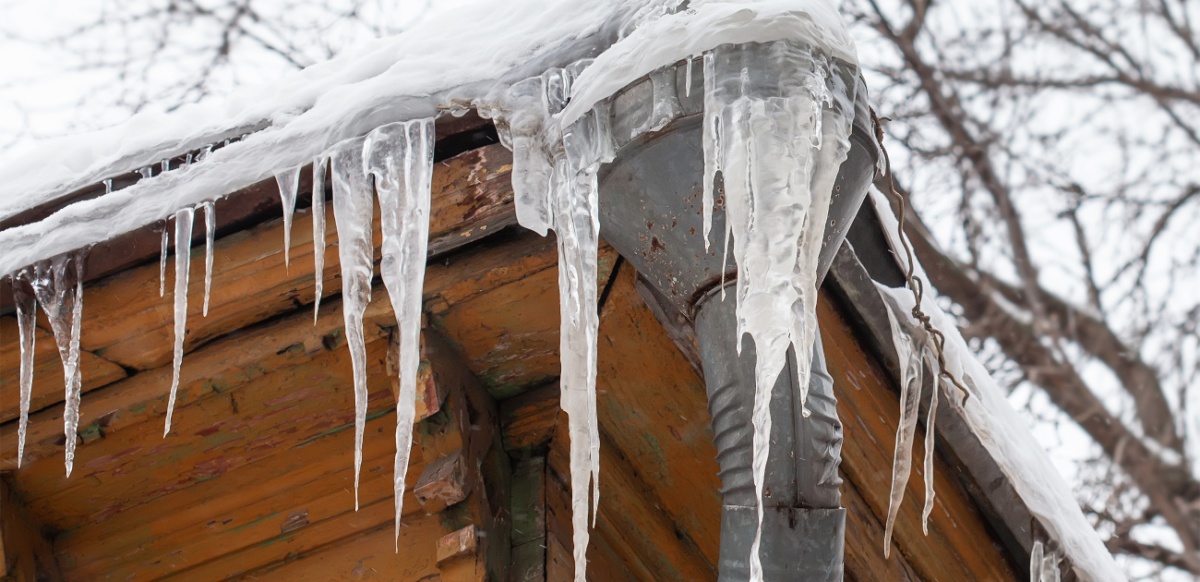Prevent Frozen Plumbing in Cold Weather: Pro Strategies
Prevent Frozen Plumbing in Cold Weather: Pro Strategies
Blog Article
Just how do you really feel about How to prepare your home plumbing for winter weather?

Cold weather can wreak havoc on your pipes, specifically by freezing pipelines. Right here's exactly how to prevent it from taking place and what to do if it does.
Intro
As temperatures drop, the risk of icy pipes increases, possibly bring about expensive repair work and water damages. Comprehending how to avoid icy pipes is essential for home owners in chilly climates.
Comprehending Frozen Pipelines
What causes pipelines to freeze?
Pipes freeze when exposed to temperature levels below 32 ° F (0 ° C) for expanded periods. As water inside the pipes ices up, it broadens, putting pressure on the pipe walls and potentially creating them to break.
Threats and damages
Icy pipes can result in supply of water disturbances, building damage, and pricey repairs. Burst pipelines can flood homes and create substantial structural damage.
Signs of Frozen Pipeline
Recognizing icy pipes early can prevent them from breaking.
Exactly how to identify icy pipes
Search for lowered water circulation from faucets, unusual odors or sounds from pipes, and noticeable frost on exposed pipes.
Prevention Tips
Shielding at risk pipes
Wrap pipes in insulation sleeves or utilize warm tape to protect them from freezing temperatures. Concentrate on pipes in unheated or external locations of the home.
Heating methods
Keep indoor areas effectively heated up, especially locations with plumbing. Open up cabinet doors to permit warm air to flow around pipes under sinks.
Protecting Outside Plumbing
Yard hoses and outside taps
Detach and drain yard hoses before winter months. Set up frost-proof faucets or cover outside faucets with shielded caps.
What to Do If Your Pipes Freeze
Immediate activities to take
If you think frozen pipes, maintain faucets available to eliminate pressure as the ice thaws. Utilize a hairdryer or towels taken in hot water to thaw pipelines slowly.
Long-Term Solutions
Architectural adjustments
Consider rerouting pipelines away from outside walls or unheated locations. Add added insulation to attics, basements, and crawl spaces.
Updating insulation
Invest in high-grade insulation for pipes, attic rooms, and wall surfaces. Proper insulation assists keep consistent temperatures and decreases the threat of icy pipes.
Final thought
Protecting against frozen pipes needs positive actions and fast responses. By comprehending the reasons, indicators, and safety nets, home owners can protect their pipes throughout winter.
5 Ways to Prevent Frozen Pipes
Drain Outdoor Faucets and Disconnect Hoses
First, close the shut-off valve that controls the flow of water in the pipe to your outdoor faucet. Then, head outside to disconnect and drain your hose and open the outdoor faucet to allow the water to completely drain out of the line. Turn off the faucet when done. Finally, head back to the shut-off valve and drain the remaining water inside the pipe into a bucket or container. Additionally, if you have a home irrigation system, you should consider hiring an expert to clear the system of water each year.
Insulate Pipes
One of the best and most cost-effective methods for preventing frozen water pipes is to wrap your pipes with insulation. This is especially important for areas in your home that aren’t exposed to heat, such as an attic. We suggest using foam sleeves, which can typically be found at your local hardware store.
Keep Heat Running at 65
Your pipes are located inside your walls, and the temperature there is much colder than the rest of the house. To prevent your pipes from freezing, The Insurance Information Institute suggests that you keep your home heated to at least 65 degrees, even when traveling. You may want to invest in smart devices that can keep an eye on the temperature in your home while you’re away.
Leave Water Dripping
Moving water — even a small trickle — can prevent ice from forming inside your pipes. When freezing temps are imminent, start a drip of water from all faucets that serve exposed pipes. Leaving a few faucets running will also help relieve pressure inside the pipes and help prevent a rupture if the water inside freezes.
Open Cupboard Doors
Warm your kitchen and bathroom pipes by opening cupboards and vanities. You should also leave your interior doors ajar to help warm air circulate evenly throughout your home.

I have been very fascinated with Winter Plumbing Precautions: Preventing Frozen Pipes and I am hoping you enjoyed the entire blog post. Sharing is caring. One never knows, you may be doing someone a favor. Thanks so much for your time spent reading it.
View Report this page